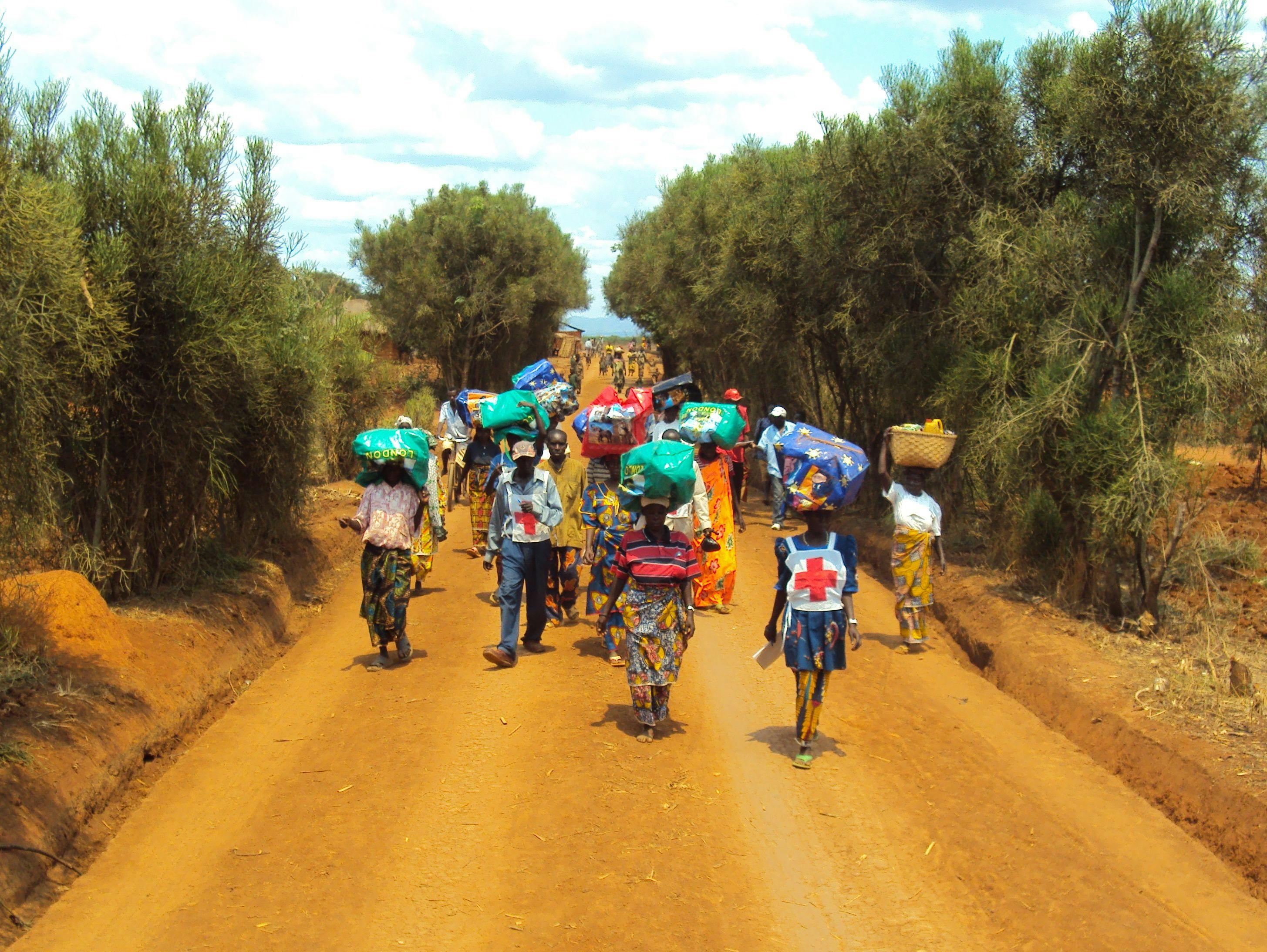Malaria prevention report

▲ Photo by Against Malaria Foundation
Related recommendations
This is our summary and interpretation of original research published by our research partner GiveWell
Read GiveWell's reports on mass distribution of nets and seasonal malaria chemoprevention.
Please note this page was last updated in 2018. While our overall views remain unchanged, some details may be out of date.
The problem
The World Health Organization estimates that in 2017 there were 219 million cases of malaria, with nearly half of the world's population at risk of the disease, and 435,000 people dying from it. Africa accounts for 92% of malarial deaths. Malaria is transmitted by infected mosquitoes, and is especially dangerous to children and pregnant women. Young children who have not developed immunity risk a rapid progression of the disease, and death. Children suffering of severe malaria also often develop severe anemia (a major cause of poor child-development) and cerebral malaria (a swelling of the brain that causes seizures and other neurological complications). There is some evidence indicating that malaria’s effect on child health in turn has a negative effect on physical development, decreases people’s ability to earn and support themselves later in life. For pregnant women, malaria increases the risk of spontaneous abortion, stillbirth and delivery of a low-birth-weight baby. The current level of investment in malaria eradication is less than half of what is needed to achieve the internationally agreed milestones for elimination of the disease.
Solutions
There are two effective solutions to the problem of malaria. The first involves distributing bed nets treated with safe insecticide to all people in an affected area. They are used to block, kill or repel mosquitoes at night, which is when malaria-carrying mosquitoes bite most often.
The second solution, seasonal malaria chemoprevention, consists of providing children between the ages of 3 months and 5 years with anti-malarial medicines during malaria season. Medicines are often distributed by community health workers, generally via door-to-door delivery.
The evidence
There is strong evidence that bed nets effectively reduce reducing child mortality and improve early childhood-development. A 2004 review found bed nets to be effective at reducing all-cause child mortality and anemia. A 2006 review found they were effective at reducing the risk of low birth weight and spontaneous abortion. Experts also believe bed nets are likely to decrease adult mortality. Evidence suggests that distributing bed nets for free is much more effective than asking people to pay, since charging significantly reduces demand.
Evidence also strongly supports the effectiveness of seasonal malaria chemoprevention in reducing malaria. A 2012 review found this intervention to prevent roughly three quarters of all clinical malaria episodes in the treatment population.
Sources
- Bleakley, Hoyt. “Malaria Eradication in the Americas: A Retrospective Analysis of Childhood Exposure” American Economic Journal: Applied Economics (Vol. 2, No. 2, April 2010)
- Carrol L. Gamble, John Paul Ekwaru, and Feiko O. ter Kuile, “Insecticide-Treated Nets for Preventing Malaria in Pregnancy,” Cochrane Database of Systematic Reviews, no. 2 (2006)
- Centers for Disease Control and Prevention. “Malaria - Disease” Source (accessed 27th of March 2018)
- Centers for Disease Control and Prevention. “Malaria - Disease” Source (accessed 27th of March 2018); Centers for Disease Control and Prevention. “Travelers’ Health - Infectious Diseases Related to Travel - Malaria” Source (accessed 27th of March 2018)
- Channel 4 News. “Why the NHS thinks a healthy year of life is worth £20,000” (23 April 2014) Source (accessed 27th of March 2018)
- Cohen J and Dupas P. “Free Distribution or Cost-Sharing? Evidence from a Randomized Malaria Prevention Experiment” Brookings Global Economy and Development (Working paper 11, December 2007)
- Gamble CL, Ekwaru JP, ter Kuile FO. “Insecticide-treated nets for preventing malaria in pregnancy (Review)” The Cochrane Library (Issue 3, 2009)
- Lengeler C. “Insecticide-treated bed nets and curtains for preventing malaria” Cochrane Database of Systematic Reviews (2004)
- Meremikwu MM et al. “Intermittent preventive treatment for malaria in children living in areas with seasonal transmission (Review)” The Cochrane Library (Issue 2, 2012)
- Unicef. “Health - Malaria” Source (accessed 27th of March 2018)
- World Health Organization. “Malaria - Malaria in children under five” Source (accessed 27th of March 2018)
- World Health Organization. “Media Centre - Malaria” Source (accessed 14th December 2018)
- World Health Organization. “World malaria report 2018”